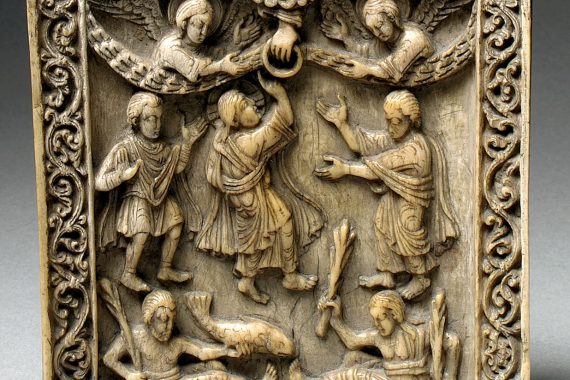Source Translation: Odorannus of Sens, “The Origins, Deeds and Death of Queen Theodechild”
Odorannus of Sens was a prolific author of mid-eleventh-century France, writing works on musical theory, political and monastic history, canon law, ordines for bishops and archbishops, and other assorted texts. He compiled a selection of his various writing in a single autograph manuscript, which he himself describes as an opusculus, a little collection of works.…




